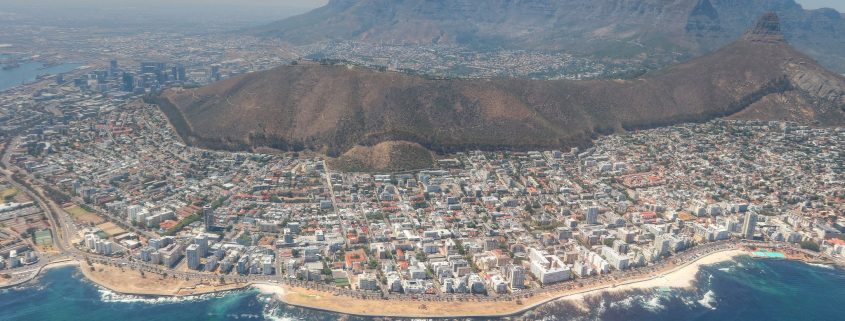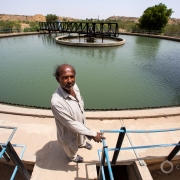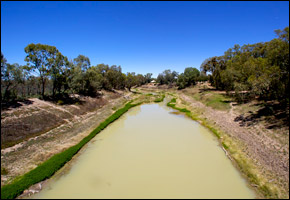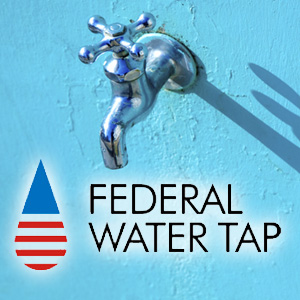Cape Town Outlines Plans for Emergency Water Distribution
Residents will be allowed 25 liters (6.6 gallons) per person per day at 200 collection points.
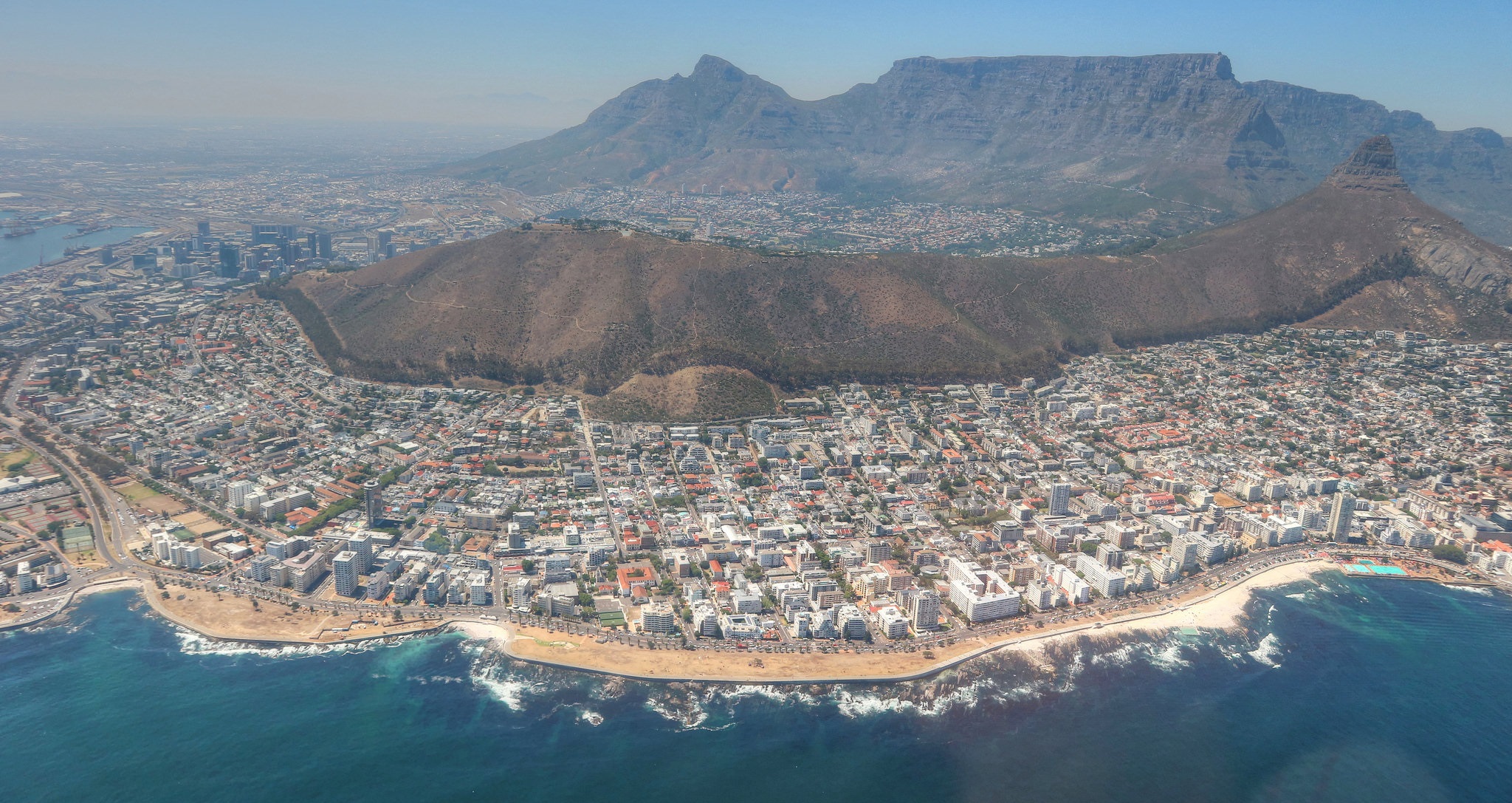
Cape Town’s Signal Hill is brown in the middle of summer. The city’s reservoirs are dangerously low in a historic drought. Photo courtesy of Flickr/Creative Commons user Jonathan Gill
By Brett Walton, Circle of Blue
Cape Town officials released preliminary plans for distributing water to some 4 million city residents if the worst happens — a shutdown of water service to most households and businesses. If water use continues at the current rate, that day is expected to arrive by April 16.
When reservoirs fall to a certain level, city leaders will do what was, until recently, unthinkable: cut water service and set up 200 distribution points around the city where residents can collect 25 liters (6.6 gallons) per person per day. If acquiring water for family members or for multiple days, a single person will be allowed as much as 100 liters at a time.
Each distribution center, which will have more than 50 supply taps, will be set up to accommodate roughly 20,000 people. There will be drive-through lanes and walk-up points. The city will still supply water to densely populated areas that are at high risk of disease and to hospitals, prisons, and nursing homes.
“With the drastic reduction in consumption that will be seen once taps are turned off and collection points are activated, the last reserves are expected to stretch far enough to see us through to the rainy season,” the plan states. The rainy season begins in June.
Details of the plan are still being worked out. One hundred forty-nine of the 200 sites have been confirmed, and city officials say they will publish maps in the coming weeks with locations. Operating hours have not yet been determined.
Officials are still considering how water, which will be treated to drinking water standards, will be transferred to residents: What size containers will they use? (The city will not provide containers, but any donated containers will be available at the sites.) How will elderly or disabled people get access? Will residents get help carrying that much water? One hundred liters weighs more than 210 pounds.
With significant understatement, the plan notes that collecting water will be “a massive inconvenience.” There is no estimate of wait times, though the expectation is that queues will be long.
Much faith is being put into the ability of residents to monitor themselves at the distribution points. The plan calls for “light regulation” of how much water each person takes. The South African police and army will contribute personnel to oversee the sites as will city police.
No one will be denied access, the plan says.
“The onus is on our water users to act responsibly, honestly, fairly and conscientiously during this crisis,” the plan states. Officials have not yet decided how to regulate the distribution points nor how many authorities will be present at each. A site that is a high security risk, which is not defined by the document, could have as many as 90 people staffing it.
Water will be shut off to most homes and businesses when water stored in the city’s six main reservoirs drops below 13.5 percent of capacity, the day known as Day Zero. As of January 29, the reservoirs are at 26.3 percent capacity, and declining about one percentage point per week.
City and national leaders are quick to remind residents that Day Zero is not set in stone.
“Together we can avoid Day Zero,” Nomvula Mokonyane, the minister of water and sanitation, said during a speech at the Cape Town Press Club on January 28. “It is avoidable if we just do the little each one of us is expected to do.”
Mokonyane also pointed out that many Cape Town residents are still using more water than the official target of 87 liters (23 gallons) per day. That target shrinks on February 1, dropping to a mere 50 liters (13 gallons) per day.
Still, it is an absurdly small amount of water for a major international city, and no small task to accomplish. Even during Australia’s historic drought a decade ago, city dwellers were not forced to make such dramatic cuts. Some of the more onerous cuts were in Brisbane, which urged residents to use no more than 140 liters (37 gallons) a day.
Households in Cape Town that consistently use more water than the target can be forced to use less. According to local news reports, Cape Town is installing some 2,000 devices per week that restrict the flow of water into a home.
Brett writes about agriculture, energy, infrastructure, and the politics and economics of water in the United States. He also writes the Federal Water Tap, Circle of Blue’s weekly digest of U.S. government water news. He is the winner of two Society of Environmental Journalists reporting awards, one of the top honors in American environmental journalism: first place for explanatory reporting for a series on septic system pollution in the United States(2016) and third place for beat reporting in a small market (2014). He received the Sierra Club’s Distinguished Service Award in 2018. Brett lives in Seattle, where he hikes the mountains and bakes pies. Contact Brett Walton

